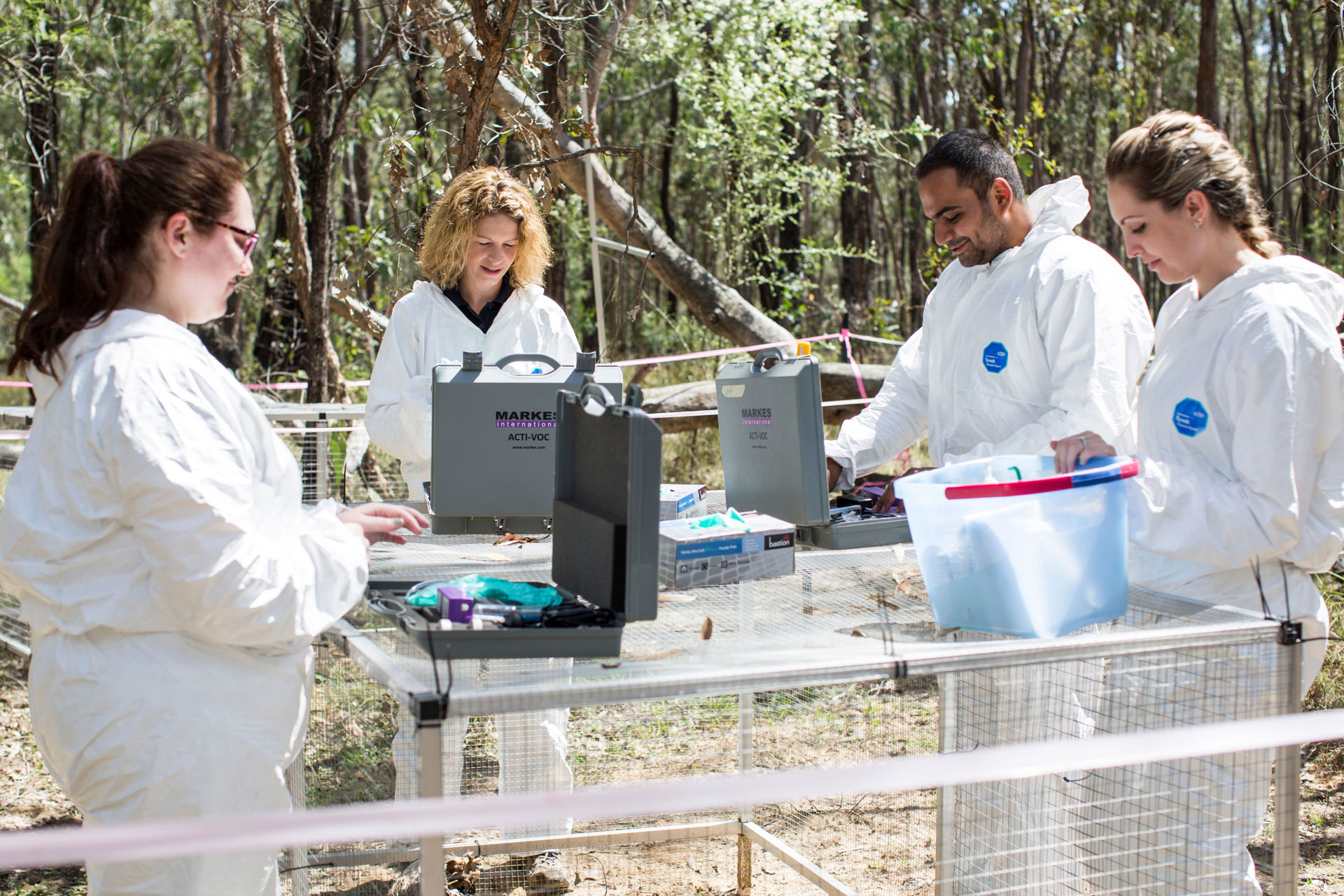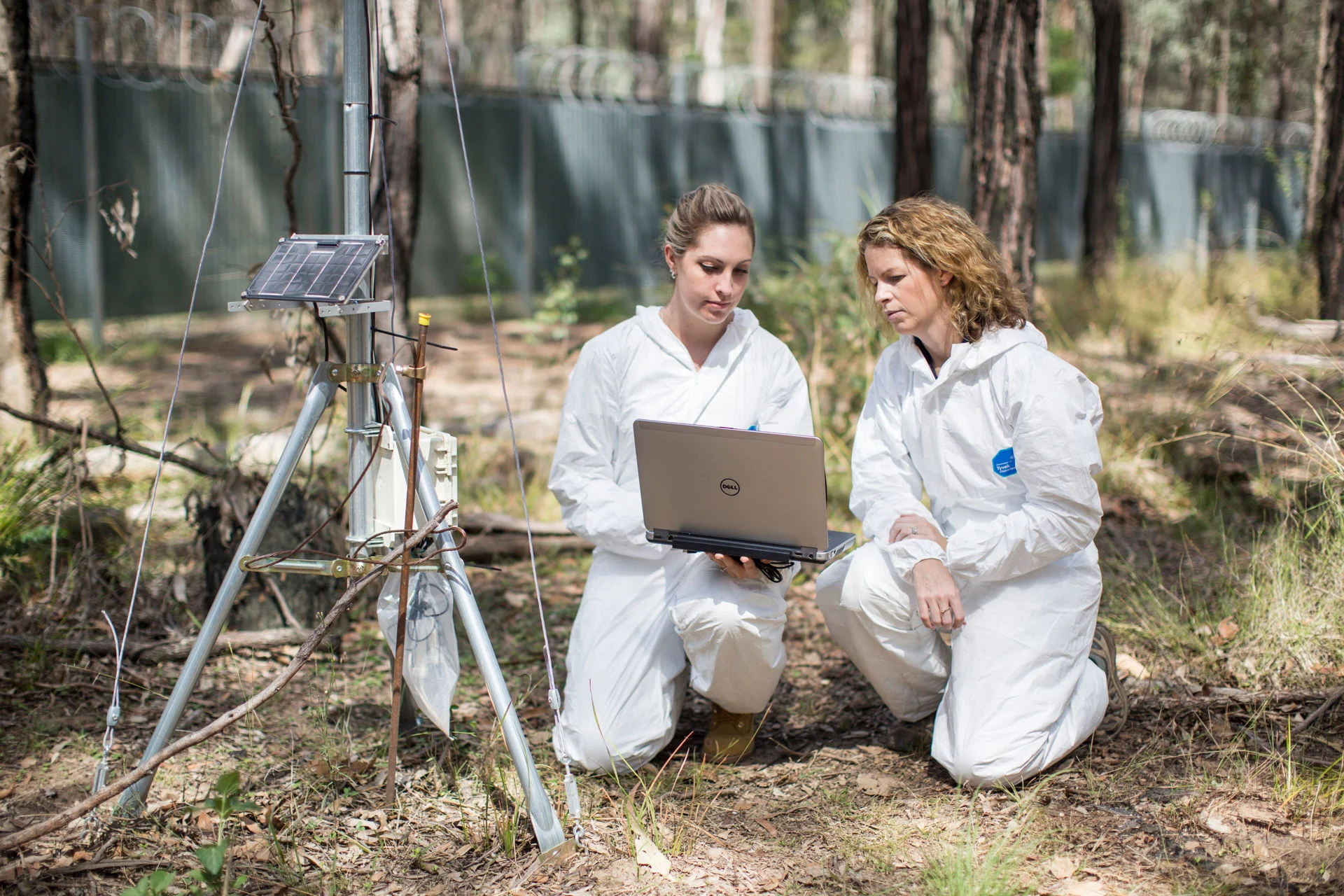The Australian Facility for Taphonomic Experimental Research (AFTER) is a pioneering body donation centre in Australia, dedicated to advancing the study of forensic taphonomy.
This scientific discipline focuses on understanding the processes that affect human remains from the moment of death until their discovery. The primary aim is to address the physical, chemical, and biological aspects of human decomposition.
The establishment of AFTER
AFTER was established with funding from an Australian Research Council (ARC) Linkage Infrastructure, Equipment and Facilities (LIEF) grant, along with significant support from leading and partner organisations. The facility is housed within the Centre for Forensic Science and the Surgical and Anatomical Science Facilities at UTS.

A facility tailored to Australian conditions
Prior to AFTER, the study of human decomposition was predominantly conducted in the United States at facilities commonly referred to as 'body farms'. These centres rely on the generous donation of bodies to further forensic science. However, Australia’s unique climatic, ecological and geological diversity necessitated a facility that could better serve local law enforcement needs.
In 2016, AFTER opened as the first facility of its kind in Australia and the Southern Hemisphere. The facility is the result of a multidisciplinary collaboration between academic institutions, police forces and forensic agencies, with members regularly participating in death investigations.

Security and location
AFTER is situated in approximately 12 acres of natural Australian bushland, secured by maximum-security fencing, high-definition CCTV cameras, and an on-site property manager. Located on the outskirts of Sydney, AFTER's environment is classified by the Köppen Climate Classification System as having a moist, mid-latitude (Cfb) climate, characterised by warm to hot summers and mild winters. While this region does not encompass all of Australia's climatic conditions, the findings from AFTER are applicable to other national and international regions with similar climates.
Access to AFTER is strictly limited to authorised personnel, ensuring the dignity and respect of all donors. The facility does not offer public tours, and all users are required to sign confidentiality agreements to protect the privacy of the work conducted within.

Contribution to society
AFTER provides an invaluable resource for researchers and practitioners, enhancing their understanding of human decomposition. This knowledge supports police and forensic investigators in searching for, locating, recovering and identifying human remains.
The research conducted at AFTER also improves our ability to estimate the time since death, which is crucial in investigations involving missing persons, as well as victims of homicide, genocide, and mass disasters.
The donors to AFTER are essential to this groundbreaking work, and their contributions are invaluable to the advancement of forensic science.
Contact us
Dr Maiken Ueland
Director, AFTER
Phone: +61 2 9514 8262
Email: maiken.ueland@uts.edu.au
Hannah Lewis
Facility Manager, AFTER
Phone: +61 2 9514 9702
Email: hannah.lewis@uts.edu.au
Body donation enquiry
Phone: +61 2 9514 9703
Email: body.donation@uts.edu.au

